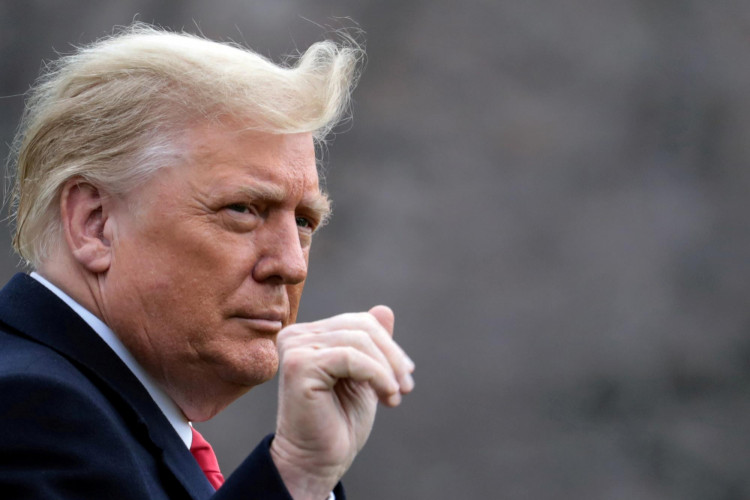President-elect Donald Trump announced Friday that he and the Republican Party will make eliminating Daylight Saving Time (DST) a priority once he takes office, reigniting a long-standing national debate over the semi-annual clock changes. Trump criticized the practice as "inconvenient" and "very costly" in a post on Truth Social, stating, "The Republican Party will use its best efforts to eliminate Daylight Saving Time, which has a small but strong constituency, but shouldn't!"
The proposal has gained traction among Trump's top advisors, including tech billionaire Elon Musk and entrepreneur Vivek Ramaswamy, who have been tapped to lead the newly formed Department of Government Efficiency. Both have expressed public support for abolishing the clock changes. Musk posted last month on X, "Looks like the people want to abolish the annoying time changes!" Ramaswamy responded, calling the practice "inefficient" and easy to fix.
The issue of DST has long divided public opinion. While some advocate for permanent Daylight Saving Time to maximize evening daylight, others favor permanent standard time, citing its alignment with the body's natural circadian rhythms. Medical professionals and sleep scientists often back the latter, arguing that permanent standard time better supports human health.
This debate is not new to the legislative sphere. In 2022, the U.S. Senate unanimously passed the Sunshine Protection Act, which sought to make DST permanent. However, the measure stalled in the House of Representatives. Florida Senator Marco Rubio, a key sponsor of the bill, reintroduced it in 2023, and his alignment with Trump on this issue could play a pivotal role as he prepares to assume the position of Secretary of State in the incoming administration.
Trump's stance, however, is not entirely clear. While he previously supported permanent DST in a 2019 tweet, his current comments appear to lean toward abolishing the practice altogether. The ambiguity has sparked speculation, with some questioning whether Trump seeks to eliminate DST or simply end the biannual clock changes.
Daylight Saving Time was first implemented in the United States during World War I as a measure to conserve energy, with subsequent reintroductions during World War II and the 1970s energy crisis. Despite its historical roots in industrial and energy-saving efforts, DST has faced growing criticism in recent years. Studies have pointed to disruptions in sleep patterns, potential increases in traffic accidents, and adverse health effects tied to the time shifts.
Not all states follow the practice. Hawaii and most of Arizona, along with U.S. territories such as Puerto Rico and Guam, do not observe DST. Their adherence to standard time year-round has fueled arguments that national uniformity is overdue.
Trump's pledge to address the issue could have sweeping implications. Eliminating DST or making it permanent would affect how hundreds of millions of Americans structure their daily lives, from work hours to school schedules. Retail and hospitality industries often favor permanent DST, citing increased consumer activity in the evenings, while parents and educators frequently advocate for standard time to ensure safer morning commutes for children.
Public opinion reflects the divide. Polls show that most Americans dislike changing their clocks twice a year, but opinions differ on the preferred alternative. The debate underscores the complexity of enacting change, requiring bipartisan consensus in Congress.






